Extensive Experience
With years of industry experience, we has built a solid reputation for delivering top-notch products and exceptional customer service. Our team consists of highly skilled professionals who understand the complexities of different industries and can provide expert advice and guidance.
Exceptional Quality
We source our materials from trusted suppliers and subject them to rigorous quality control checks. This ensures that our flanges are durable, reliable, and able to withstand the most demanding conditions.
Customization Options
We understand that every project is unique, and sometimes, standard flanges may not meet your specific requirements. That's why we offer customization options to tailor our products to your exact needs. Our skilled engineers can work closely with you to develop custom flanges that fit perfectly into your application.
Competitive Pricing
We strive to offer competitive pricing without compromising on the quality of our products. Our cost-effective solutions ensure that you get the best value for your investment.
A gate valve is a type of linear valve used to isolate areas of a water supply. As the name suggests, it acts like a gate that shuts off the flow and opens it again when needed.Gate valves work via a gate or wedge that lifts (opens) or lowers (closes) into the path of the flowing liquid. Motion is produced by an actuator that is connected to the stem of the gate, which may be manual, electrically, pneumatically or hydraulically powered. They may have a rising stem, meaning it is fixed to the gate, or a non-rising stem, where it is fixed to the actuator and remains within the valve body. The latter is most commonly used in the waterworks industry and is suitable for underground applications where there is limited vertical space.
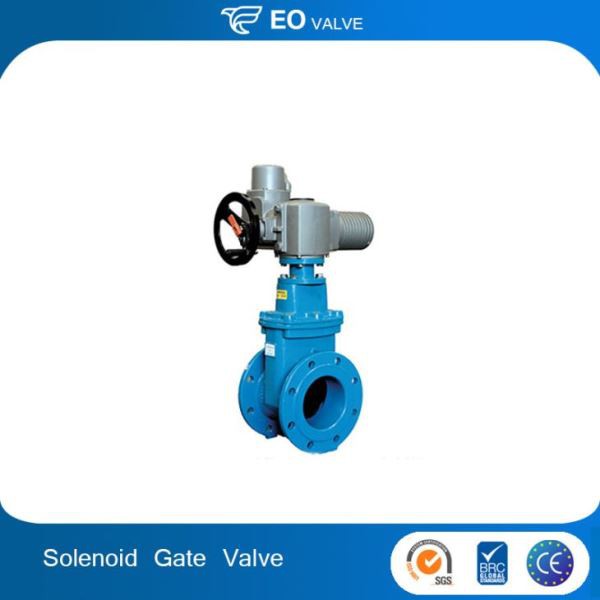
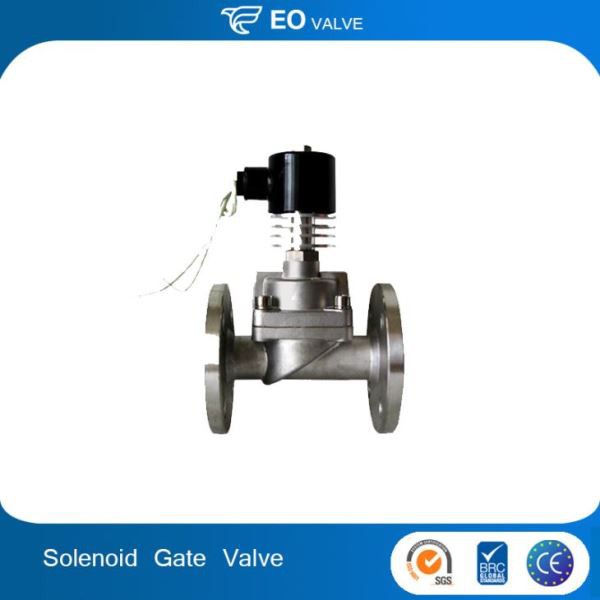
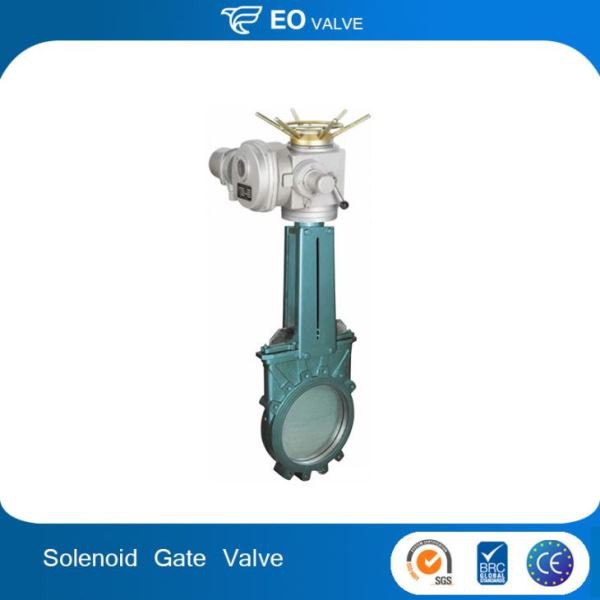
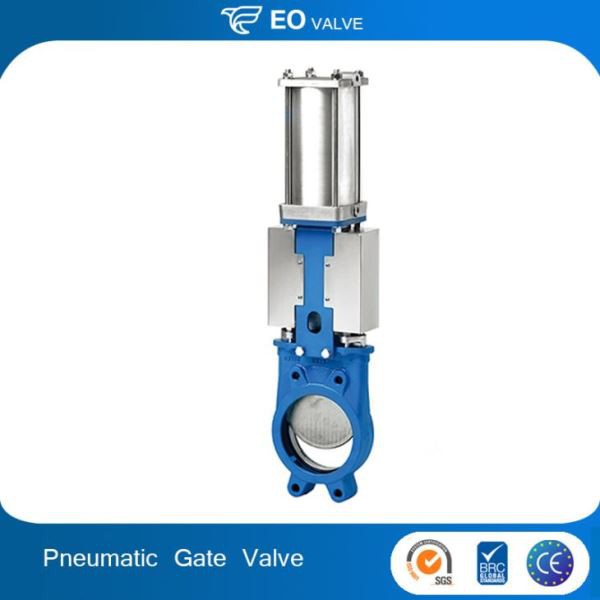
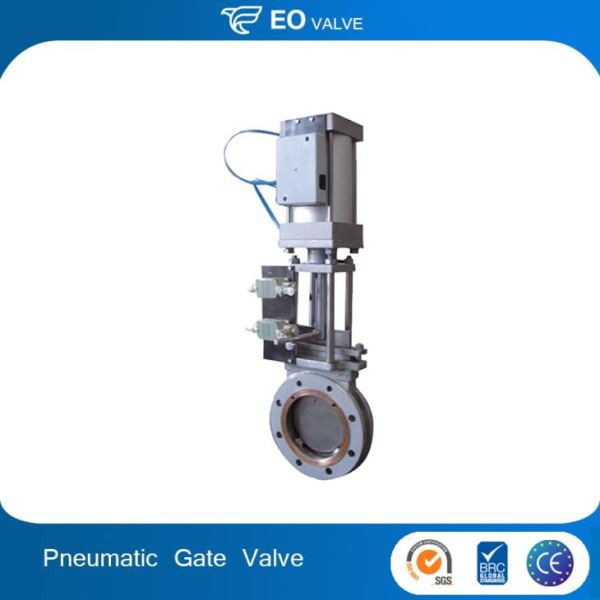
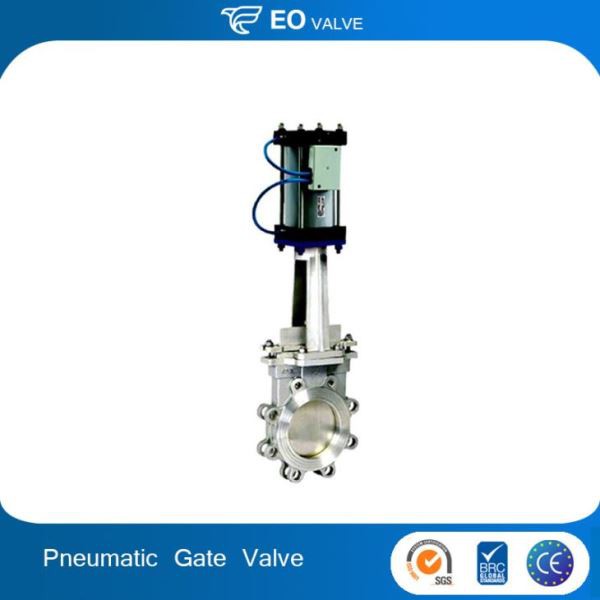
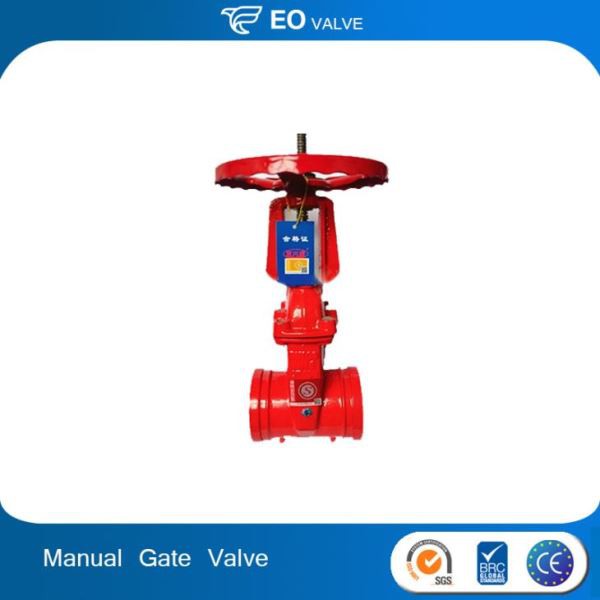
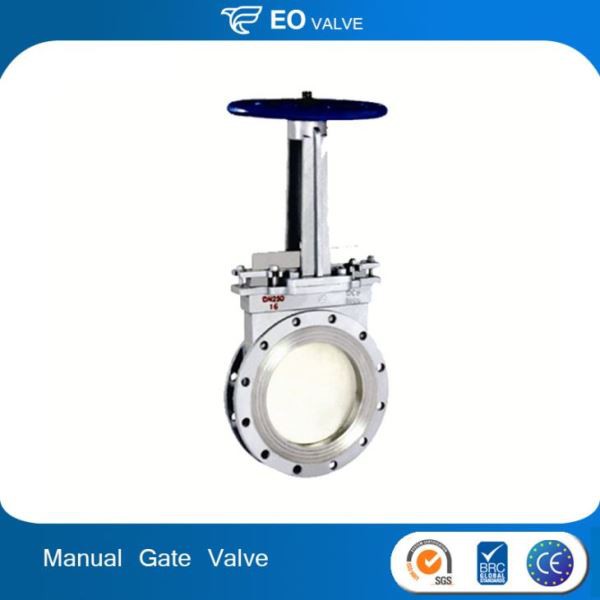
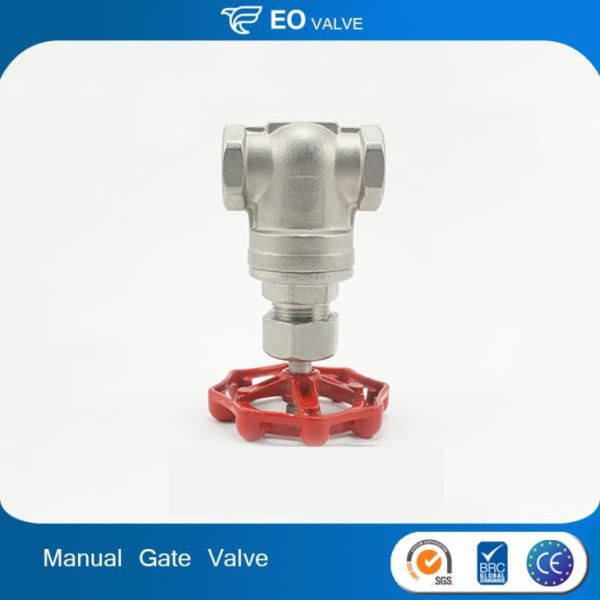
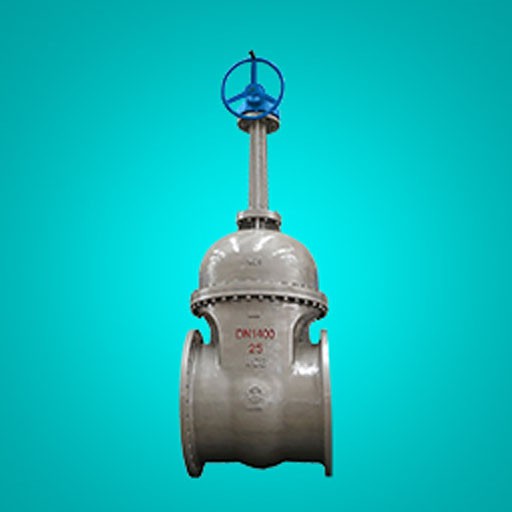

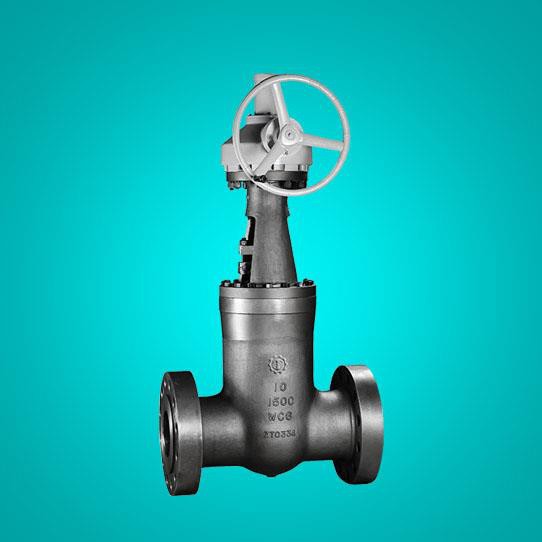
Excellent Shut-Off Capability
Gate valves are known for their tight shut-off capability. When fully closed, these valves provide a complete seal, preventing any fluid from passing through. This feature is important in applications where a leak-free shut-off is required, such as in gas and water pipelines.
Minimal Pressure Loss
Gate valves offer minimal pressure loss when fully open. Unlike other types of valves, gate valves create a straight flow path without any obstruction, allowing fluids to pass through with minimal resistance. This property makes gate valves ideal for high-pressure applications.
Versatility
Gate valves can handle a wide range of fluids, including liquids, gases, and even abrasive slurries. The gate design, coupled with various materials of construction, allows gate valves to meet the requirements of diverse industries, such as oil and gas, petrochemical, water treatment, and manufacturing.
Bi-Directional Flow
Gate valves offer bi-directional flow capability, meaning they can handle fluid flow in either direction. This feature is particularly useful in applications where the flow direction may change periodically, as it eliminates the need for installing separate valves for each direction.
Easy Operation
Gate valves are generally easy to operate. They typically have a simple construction with a threaded stem that moves the gate up and down. This makes opening and closing the valve relatively easy, even in high-pressure or high-temperature conditions.
Long Service Life
Gate valves are known for their durability and long service life. The gate, which moves perpendicular to the flow, experiences minimal wear and tear, resulting in extended valve life. Additionally, the sturdy construction and quality materials used in gate valves contribute to their longevity.
Reliable Performance
Gate valves are highly reliable in controlling fluid flow. The tight seal when closed and the unrestricted flow when open ensure efficient and reliable operation, reducing the risk of leaks or flow disruptions. This reliability makes gate valves a preferred choice in critical applications.
Rising Stem Gate Valve
In this type of gate valve, the stem rises or lifts as the gate is opened. The stem's movement provides a visual indication of the valve's position, making it easy to determine whether the valve is open or closed.
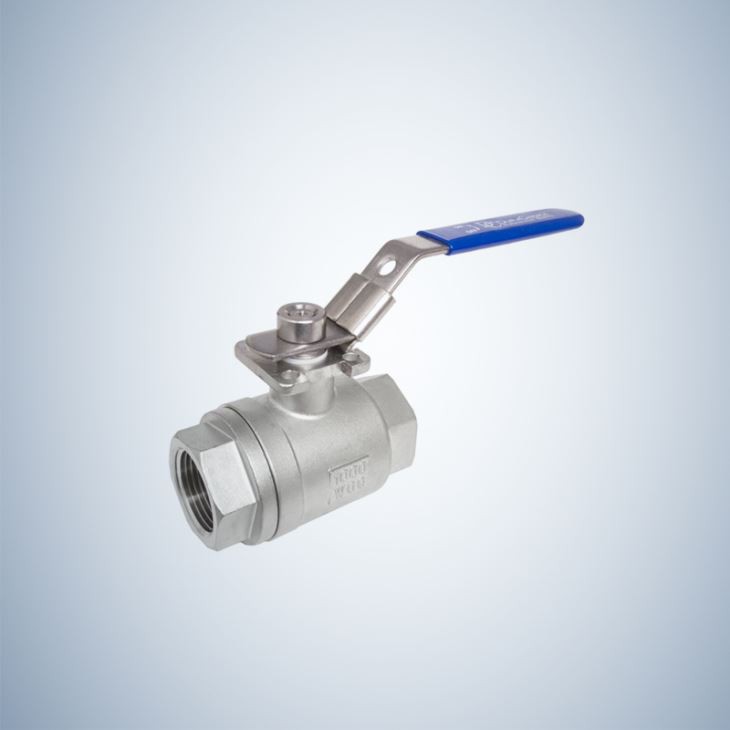
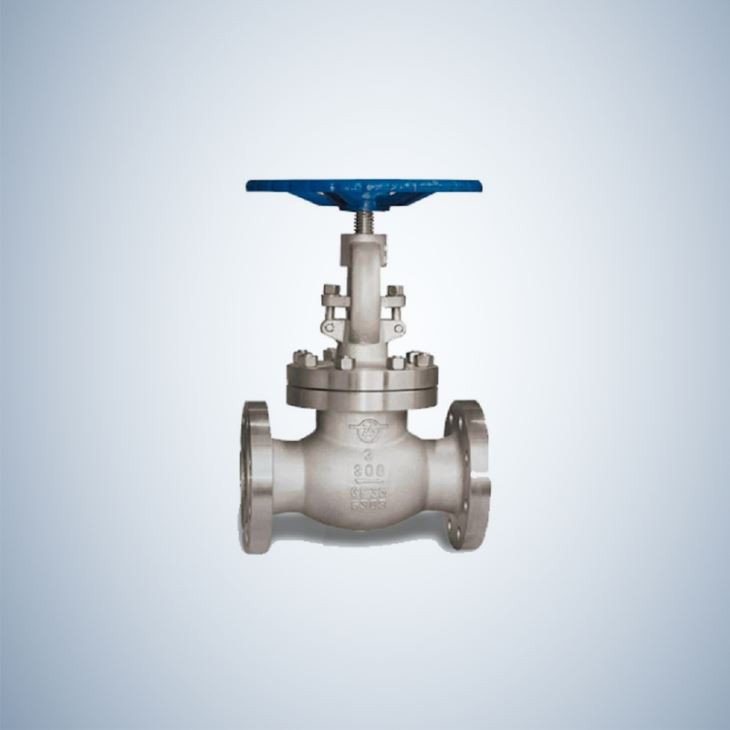
Non-Rising Stem Gate Valve
Unlike the rising stem gate valve, the stem in this type of valve does not rise when the gate is opened. Instead, the stem is threaded into the gate, which lifts and lowers inside the valve body. Non-rising stem gate valves are suitable for applications where vertical space is limited.
Wedge Gate Valve
The wedge gate valve has a gate that is in the shape of a wedge. This design allows for tight sealing capabilities, preventing leakage even under high-pressure conditions. Wedge gate valves are commonly used in high-pressure and high-temperature applications.
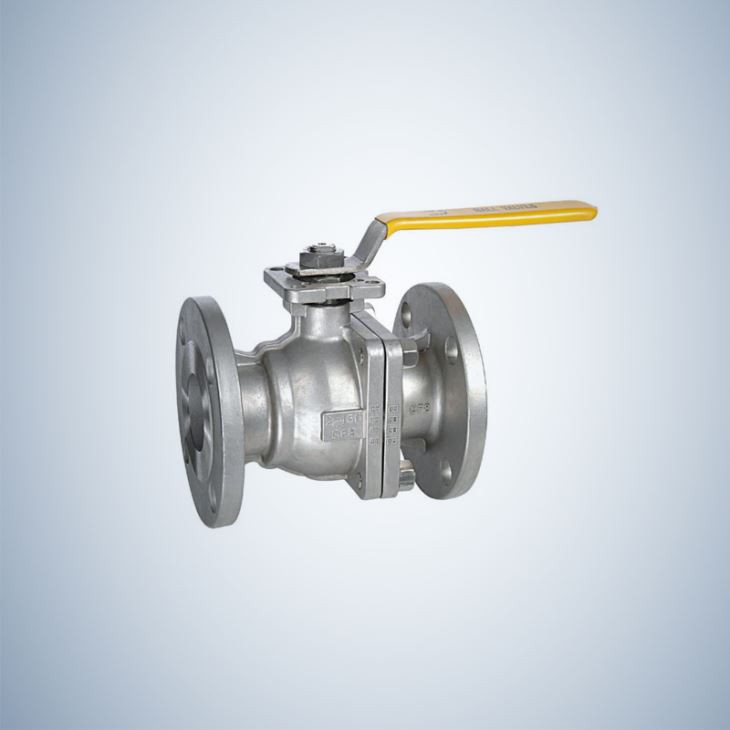
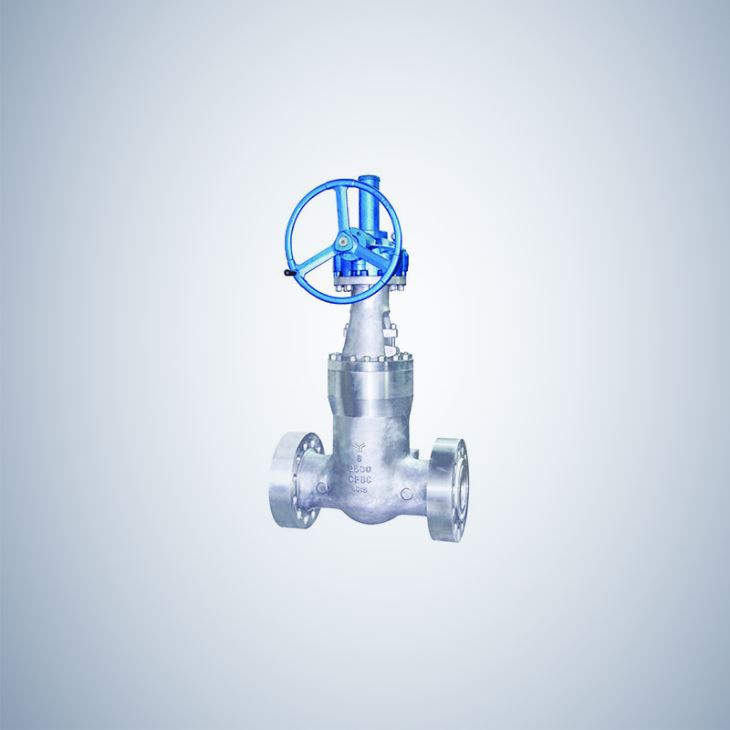
Parallel Gate Valve
As the name suggests, the gate in a parallel gate valve moves parallel to the flow direction. This type of valve provides a linear flow characteristic, making it suitable for applications where precise flow control is required.
Slab Gate Valve
Slab gate valves have a flat gate that slides back and forth within the valve body. They are commonly used in the oil and gas industry, especially in pipeline applications. Slab gate valves are highly durable and can withstand harsh environments.
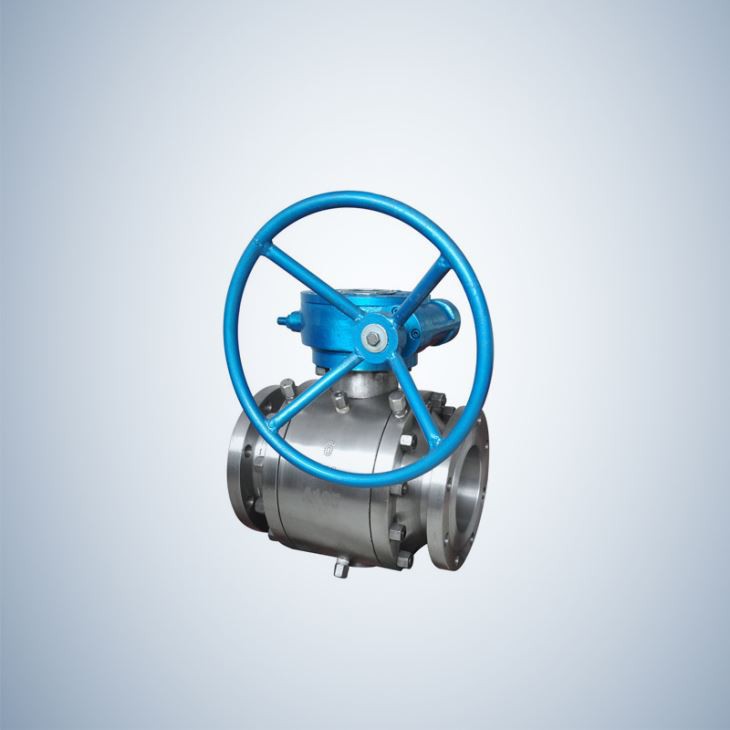
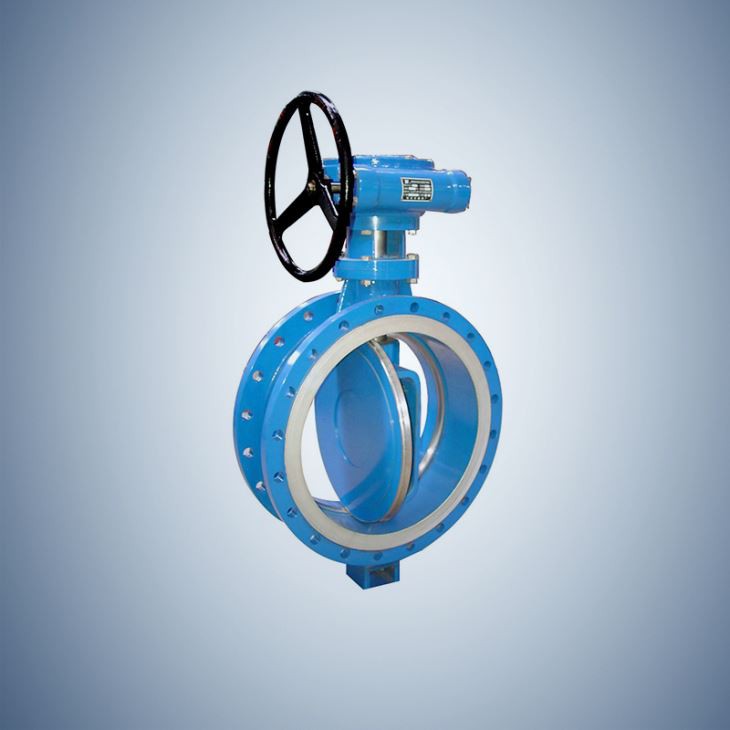
Knife Gate Valve
Knife gate valves are designed for applications where the flow of thick or viscous fluids needs to be controlled. The gate in a knife gate valve is sharp-edged and cuts through the fluid, allowing for effective shut-off.
Gate valves are commonly used in water and wastewater treatment plants. They are used to control the flow of water through different stages of the treatment process, such as filtration, disinfection, and sedimentation. Gate valves are preferred in these applications because they provide a tight seal, preventing any leakage.
Gate valves are extensively used in the oil and gas industry due to their ability to handle high-pressure and high-temperature applications. They are used to control the flow of crude oil, natural gas, and other fluids in pipelines, refineries, and drilling operations. Gate valves in this industry are typically made of robust materials to withstand harsh conditions.
Gate valves find wide applications in power plants, both thermal and nuclear. These valves are used to regulate the flow of steam and water in different stages of power generation, such as boiler feedwater systems, turbine bypass systems, and emergency shut-off systems. The ability of gate valves to handle high pressures and temperatures makes them well-suited for power plant applications.
Gate valves are commonly used in chemical and petrochemical plants for various purposes, including process control and isolation. They are used to regulate the flow of chemicals, gases, and liquids in different stages of production. The corrosion-resistant materials used in gate valves make them suitable for handling a wide range of corrosive substances.
Gate valves are employed in mining operations and water extraction facilities to control the flow of water, slurry, and other fluids. They are used in dewatering systems, tailings management, and water distribution networks. Gate valves allow for efficient and precise control of fluid flow in challenging mining environments.
Operation principle
A gate valve is a type of valve that uses a fully or partially lifted gate to regulate the flow of fluid through the valve. It works on the principle of a gate or wedge moving up or down to control the opening and closing of the valve.
Structure
A gate valve typically consists of a body, bonnet, gate, stem, and other components. The body houses the gate and provides the fluid passage. The bonnet serves as a cover for the valve body and houses the stem and other parts. The gate, usually made of metal, moves perpendicular to the flow path to allow or block the fluid flow.
Types of gate valves
There are two main types of gate valves - rising stem and non-rising stem. In a rising stem gate valve, as the valve is opened or closed, the stem rises or descends in a linear motion, indicating the position of the gate. In a non-rising stem gate valve, the stem doesn't move visibly while operating the valve.
Flow control
The gate valve provides a straight-through flow path when fully open, minimizing pressure drop and allowing unrestricted flow. By lifting or lowering the gate, the flow can be completely shut off or allowed to pass through. The ability to offer full flow capacity makes gate valves suitable for applications requiring minimum flow restrictions.
Sealing mechanism
The gate valve relies on a tight metal-to-metal seal between the gate and the valve seats to prevent any leakages when closed. As the gate comes in contact with the seats, the pressure from the fluid helps to achieve a proper seal, ensuring no unwanted leakage occurs.
Advantages
Gate valves have several advantages, such as low pressure drop, bidirectional flow capabilities, and the ability to handle high-pressure and high-temperature applications. They are widely used in industries like oil and gas, petrochemicals, and water treatment.
Components of Gate Valve
Body: The body encases the internal parts of the gate valve. This is also the one that gets attached to the pipe system. Gate valve manufacturers use this material for the body to classify these valves. End flanges can be forged, cast or welded.
Stem: The stem is what connects the handwheel or actuator to the wedge disc. This directs the proper position of the disc when moving up or down. The stem can be classified as the rising stem or non-rising stem.
In the rising stem design, as you open the valve, the stem moves above the handwheel. For the non-rising stem, the stem is stationary because it is threaded to the disc. As you rotate to open or close the valve, the disc travels on the threads. It is possible that to a fully opened gate valve, the end part of the stem can be exposed to the flowing media.
Packing: Packing acts as the gasket which additionally seals the area between the stem and the body. Made of elastomeric material, this is inserted in the stuffing box. If the gland compresses it, a tight seal happens.
Bonnet: The bonnet is located on top of the body. This is where the stem passes through, thereby guiding it, as it connects to the disc. There are three kinds of gate valve bonnets.
The screw-in type uses pressure for sealing. The union bonnet makes it easier for plant technicians to clean or maintain the valve. The bolted bonnet is more suitable for high-pressure applications. The pressure seal bonnets are for extreme pressure applications exceeding 2250psi.
Gate: The gate or the wedge is the disc that hinders or allows the flow of media through the valve. There are three kinds of wedge discs.
The solid wedge is a solid piece of metal that can be used in almost shutoff applications. The flexible wedge is also a one-disc type but with perimeter cuts that adjust to angles of the seats at the sides.
The split wedge is made of two pieces of solid construction sandwiched between two tapered seats. This is particularly suitable for corrosive liquids moving at normal temperatures.
Seat: Seats provide proper seating for the gate disc. Often, these are made of elastomeric materials. The gate valve has two seats, located on each side. These can be integrally constructed with the valve body or in the form of seat rings, which can be threaded or pressed into position, or seal welded to the body.
Actuator: Often, you’d find gate valves with handwheels. When operating torque is high, the handwheel is replaced by gears or some kind of actuator. These are fixed with a nut. This signals the opening or closing of the valve. Often you’d find markings that indicate which direction to open or close.
Bronze: Bronze gate valves are highly resistant to corrosion and are particularly suitable for seawater applications. They are also relatively lightweight compared to cast iron gate valves, making them a preferred choice in industries where weight is a concern. Moreover, bronze gate valves offer good conductivity and are easy to maintain.
Stainless steel: Stainless steel gate valves are favored in industries that require a high level of hygiene and cleanliness, such as the food and pharmaceutical sectors. Stainless steel is well-known for its resistance to corrosion, making it an excellent choice for applications where the valve needs to withstand harsh substances or environments. Additionally, stainless steel gate valves are highly reliable and can operate effectively in both high and low temperature conditions.
Hastelloy: For more extreme conditions, gate valves made from alloys like titanium, Inconel, or Hastelloy may be used. These materials offer exceptional resistance to corrosion, heat, and chemicals, making them suitable for critical applications in industries such as petrochemical, nuclear, and offshore.
Working condition requirements and adaptability analysis
①Fluid properties: Understand the properties of the fluid, such as corrosiveness, viscosity, temperature, etc., to determine suitable gate valve materials and seal designs.
②Pressure and temperature range: Clarify the working pressure and temperature range in the application scenario, and select a gate valve with sufficient strength and stability.
③Flow requirements: Evaluate the required flow range and select a gate valve with appropriate diameter and flow resistance characteristics, low temperature ball valves.
Material selection and considerations
①Corrosion resistance: Select materials with sufficient corrosion resistance according to the properties of the fluid, such as stainless steel, alloy, etc.
②Mechanical properties: Consider the strength, hardness, toughness and other mechanical properties of the material to ensure the reliability of the gate valve under harsh working conditions.
③Workability vs. Cost: Balance material workability with cost-effectiveness and choose the right material type.
Structural design and characteristic evaluation
①Sealing structure: Evaluate the sealing structure design of the gate valve to ensure that it can effectively prevent leakage and adapt to the application needs.
②Operating mechanism: Pay attention to the operating mechanism and transmission mode of the gate valve to ensure that it is easy to operate, safe and reliable, ball valve factory.
③Maintenance convenience: Consider the maintenance convenience of gate valves and choose models that are easy to repair and replace to reduce operating costs.
Performance indicators and testing requirements
①Sealing performance: Check the sealing performance indicators of the gate valve to ensure that it meets relevant standards and specifications.
②Opening and closing torque: Evaluate the opening and closing torque requirements of the gate valve to ensure that it can open and close easily in actual applications.
③Fluid resistance: Pay attention to the fluid resistance characteristics of the gate valve and choose a model with lower resistance loss to improve system efficiency.
④Durability testing: Gate valves are required to undergo durability testing to verify their reliability under long-term operation and harsh working conditions, gate valve factory.
Cost-benefit and budget considerations
①Purchase cost: Consider the purchase cost of the gate valve, including material fees, processing fees, accessories fees, etc.
②Installation costs: Evaluate the costs that may be incurred during the installation process, such as labor costs, auxiliary material costs, etc.
③Maintenance cost: Predict the maintenance cost of the gate valve during use, including regular inspections, replacement of sealing components, etc.
④Total cost of ownership (TCO): Taking the above factors into consideration, calculate the total cost of ownership of the gate valve to develop a reasonable budget and purchasing plan.
EO flange co.,Ltd. established in 1991 and in charge of commercial area with more than 20 years' experience in manufacturing, stocking, processing and exporting flanges. Our company annually produces 5,000 tons of finished flanges and pipe fittings made from stainless steel, carbon steel, alloy steel, dual-phase steel and many other materials. The products have been exported to 28 countries and areas, such as Japan, America, France, Germany, Italy, etc. With self-run import & export right, the company is capable of directly taking foreign customers' orders, producing standard flanges in accordance with ANSI, DIN, ASME and GOST domestic and international standards, and producing ring-type forgings, non-standard flanges and pipe fittings according to customers' drawings or samples.

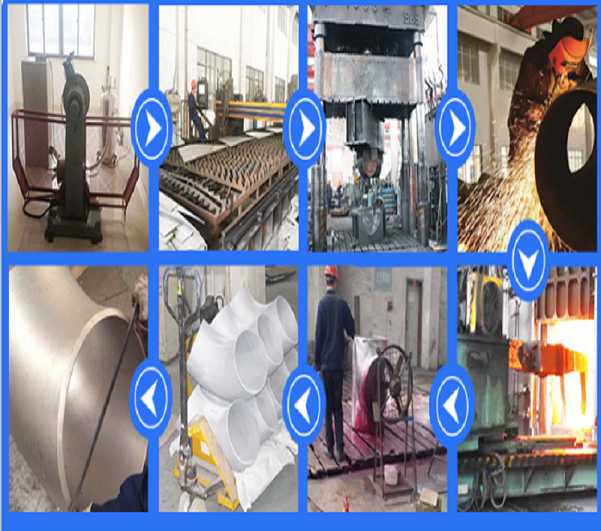
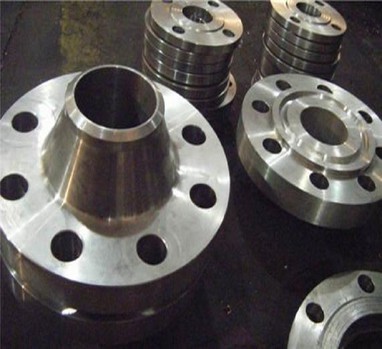
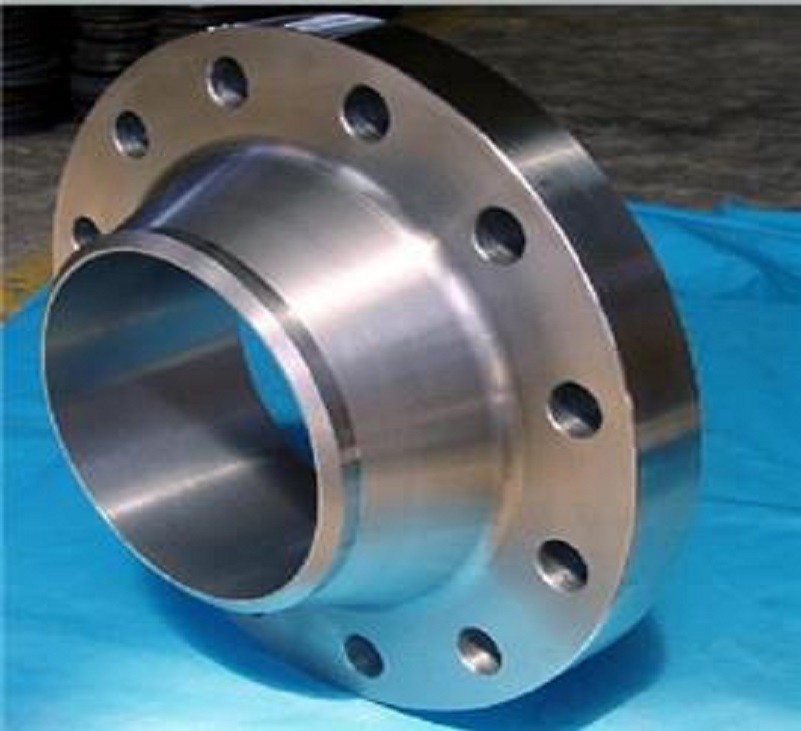

Q: What maintenance is required on gate valves?
Q: How often should gate valves be exercised?
Q: Can you over tighten a gate valve?
Q: Should gate valve be fully open?
Q: How do you test a gate valve?
Q: How do I stop my gate valve from leaking?
Q: How do you free up a seized gate valve?
Q: How do you unclog a gate valve?
Q: Do gate valves wear out?
Q: Why should you close a gate valve slowly?
Q: How do I know if my gate valve is full port?
Q: How many turns does it take to open a gate valve?
Q: Does flow direction matter on a gate valve?
Q: Where should gate valve be placed?
Q: Can gate valve prevent backflow?
Q: What is the most common used gate valve?
Q: What is the primary purpose of a gate valve?
Q: What is the best material for a gate valve?
Q: How do I stop my gate valve from leaking?